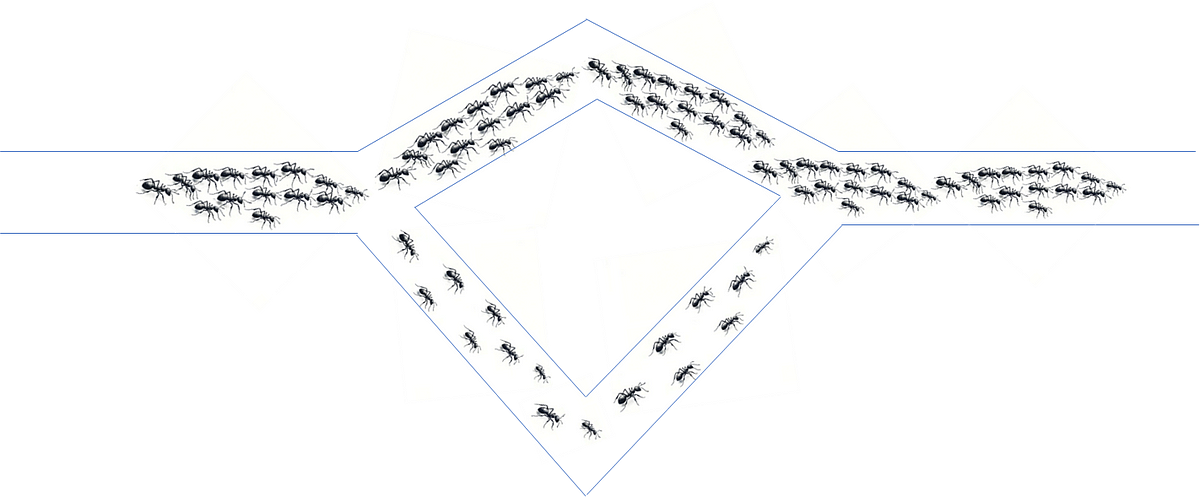In this new post I present the outcome of my quest for the most advanced and powerful libraries for web-based data visualization and analysis as judged by me after a careful analysis of performance, flexibility, and richness of features.
Some of the libraries I selected are not popular at all, but they offer surprising capabilities and features that totally opaque other more widely known alternatives. The libraries I selected for presentation are indeed so rich in features that I will barely have space to focus on some outstanding points, stressing their highlights over the more widely known alternatives and comparing them to each other while inviting you to go test them for yourself — they are all free to try, and some even have free versions for academics and for education!
After reading this post, stay tuned for future articles where I will develop more on selected cases from my selection — la “crème de la crème” in data visualization libraries for the web.
Data visualization is everywhere at the core of data analysis, from early exploratory browsing to the most advanced processing, and also including interactive and visually appealing reporting and communication of the data and of the results and conclusions distilled from the analysis. I advocate that across all stages, web-based data solutions provide by far the most powerful means of visualization. This, to such an extent that even the most advanced programs for mathematical or statistical processing based in systems like Python or R end up choosing themselves some kind of web-based visualization — think for example of shiny app for R.
Why is web-based visualization that successful and powerful, in my view? Well, for a variety of reasons, including:
- Extreme portability: by running inside web browsers, the same code can natively run on any device with a modern web browser — literally, no tricks!
- Extremely simple deployment: simply access an URL! This same feature removes any obstacles related to installations, updates, etc.



